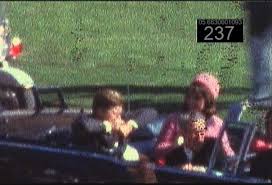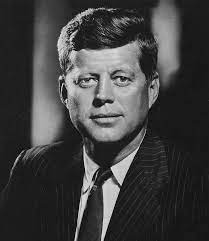
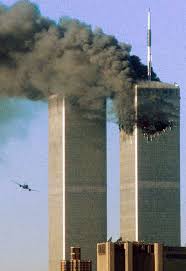
The assassinations of the 1960s and the tragic events of 2001 have resisted resolution for many years. Now young Americans have an opportunity to contribute to solving them. Steven J. Dillon and Kenneth J. Dillon of Scientia Press suggest why the investigations have not borne fruit, how we can reach more clarity, and what special strengths young Americans can bring to the effort to get to the bottom of them. See also https://www.scientiapress.com/kgb-theory, https://www.scientiapress.com/jdey-anthrax-mailings, and www.scientiapress.com/al-qaeda-shoebomber-flight-587.
Young Americans Can Help Resolve Our Historical Tragedies
Steven J. Dillon and Kenneth J. Dillon, June 12, 2025
Both the assassinations of the 1960s–John F. Kennedy, Martin Luther King, and Robert F. Kennedy–and the tragic events of 2001 changed the course of the country yet left more questions than answers. Older generations of Americans have extensively researched and debated theories of these events but have failed to converge on solutions even as their views have hardened. For 2001, they don’t even agree on which events should be included. Now, however, young Americans, many of whom were not even alive in 2001, have an opportunity and a duty to investigate these events and uncover truths that have been hidden but not necessarily lost.
Investigations into the assassinations of the 1960s reveal several clues,

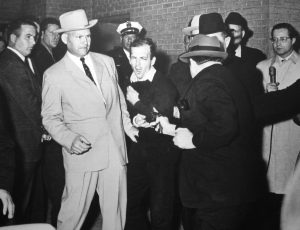 Former Romanian intelligence chief Ion Mihai Pacepa’s Programmed to Kill. Lee Harvey Oswald, the Soviet KGB, and the Kennedy Assassination gives us a professional analysis of Oswald’s path to the murder of JFK. Here historian Kenneth J. Dillon and researcher Steven J. Dillon discuss the high points of the book and how its KGB rogue theory outperforms other theories of the assassination. But Pacepa was unaware of JFK’s lady friend Mary Meyer’s story and the Mafia role. See also https://www.scientiapress.com/john-f-kennedy.
Former Romanian intelligence chief Ion Mihai Pacepa’s Programmed to Kill. Lee Harvey Oswald, the Soviet KGB, and the Kennedy Assassination gives us a professional analysis of Oswald’s path to the murder of JFK. Here historian Kenneth J. Dillon and researcher Steven J. Dillon discuss the high points of the book and how its KGB rogue theory outperforms other theories of the assassination. But Pacepa was unaware of JFK’s lady friend Mary Meyer’s story and the Mafia role. See also https://www.scientiapress.com/john-f-kennedy.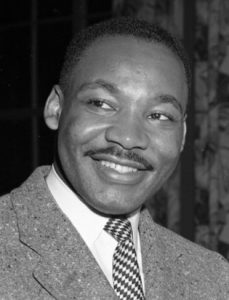
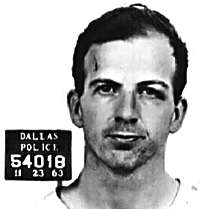
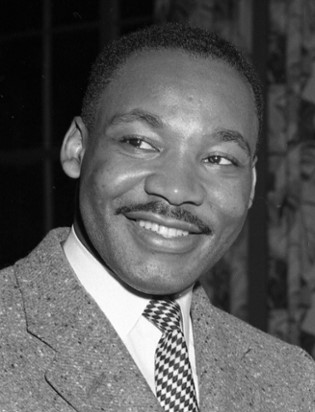
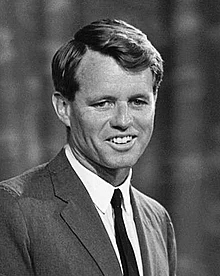 There are good reasons to think that the KGB arranged the murders of John F. Kennedy, Martin Luther King, and Robert F. Kennedy, as well as of other Americans. Note: “good reasons”, not definitive proof. In each case, I will argue that We must consider the KGB the leading suspect (except that the KGB and the Mafia collaborated on the JFK assassination). This perception can guide further investigation that can result in the more definitive finding that the KGB arranged these and related murders.
There are good reasons to think that the KGB arranged the murders of John F. Kennedy, Martin Luther King, and Robert F. Kennedy, as well as of other Americans. Note: “good reasons”, not definitive proof. In each case, I will argue that We must consider the KGB the leading suspect (except that the KGB and the Mafia collaborated on the JFK assassination). This perception can guide further investigation that can result in the more definitive finding that the KGB arranged these and related murders.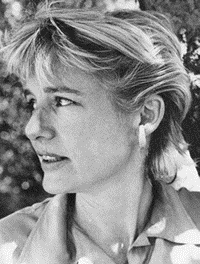
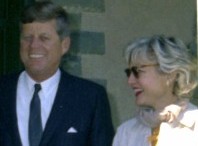
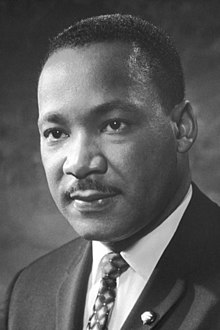 April 4, 1968. Civil rights leader Martin Luther King was killed by a single bullet as he stood on the second floor balcony outside his hotel room in Memphis.
April 4, 1968. Civil rights leader Martin Luther King was killed by a single bullet as he stood on the second floor balcony outside his hotel room in Memphis.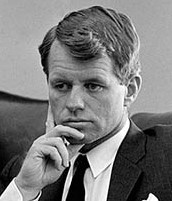 June 8, 1968. Presidential candidate Robert F. Kennedy was assassinated in the crowded “pantry” (actually, a food preparation area) of the Ambassador Hotel in Los Angeles after his primary election victory.
June 8, 1968. Presidential candidate Robert F. Kennedy was assassinated in the crowded “pantry” (actually, a food preparation area) of the Ambassador Hotel in Los Angeles after his primary election victory.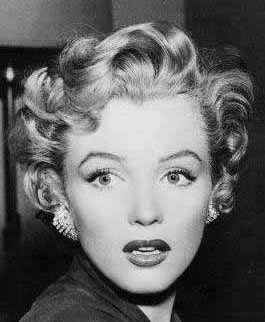 August 4, 1962. Celebrity actress Marilyn Monroe died in her bedroom in Los Angeles (or in the guest house near her house, from which she was carried back to her bedroom).
August 4, 1962. Celebrity actress Marilyn Monroe died in her bedroom in Los Angeles (or in the guest house near her house, from which she was carried back to her bedroom).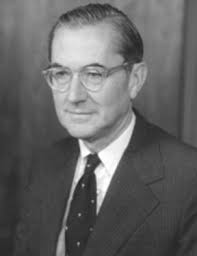 On April 27, 1996, 76-year old William Colby, former director of the CIA, disappeared from his vacation home on the water at Rocky Point, Maryland. Colby had spent the day at a marina fixing his sloop. He returned home after 6 pm, phoned his wife, who was visiting her mother in Texas, and told her he was tired and would eat supper, then go to bed. He watered his trees, met with his gardener and his visiting sister around 7:15 pm (sunset was at 7:57), and fixed himself a meal. The next day there was no sign of him. Eventually, a neighbor phoned the police. They found his supper half-eaten. The computer and radio were on. His canoe was missing.
On April 27, 1996, 76-year old William Colby, former director of the CIA, disappeared from his vacation home on the water at Rocky Point, Maryland. Colby had spent the day at a marina fixing his sloop. He returned home after 6 pm, phoned his wife, who was visiting her mother in Texas, and told her he was tired and would eat supper, then go to bed. He watered his trees, met with his gardener and his visiting sister around 7:15 pm (sunset was at 7:57), and fixed himself a meal. The next day there was no sign of him. Eventually, a neighbor phoned the police. They found his supper half-eaten. The computer and radio were on. His canoe was missing.